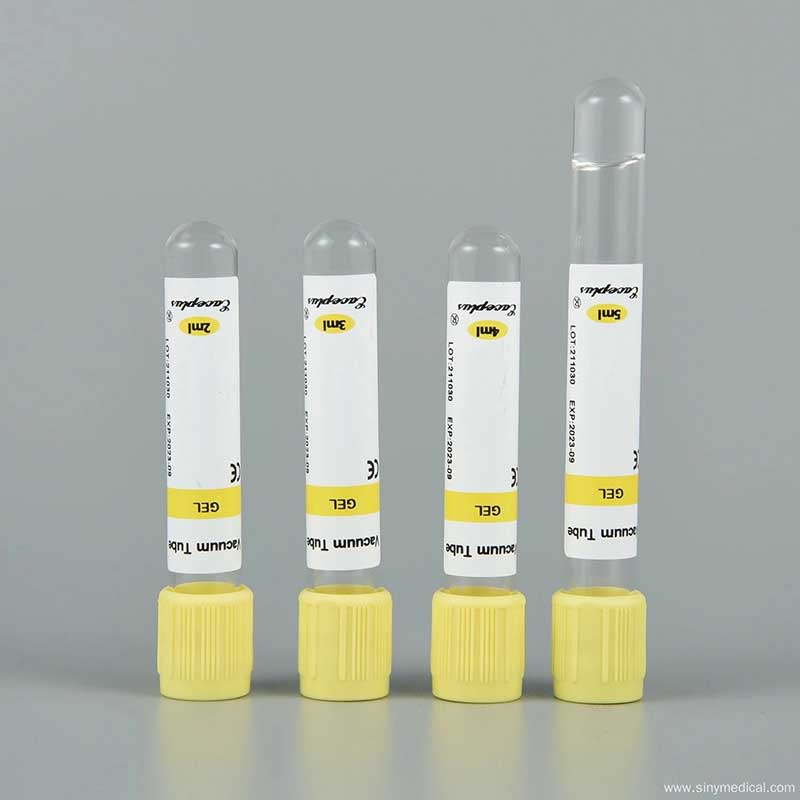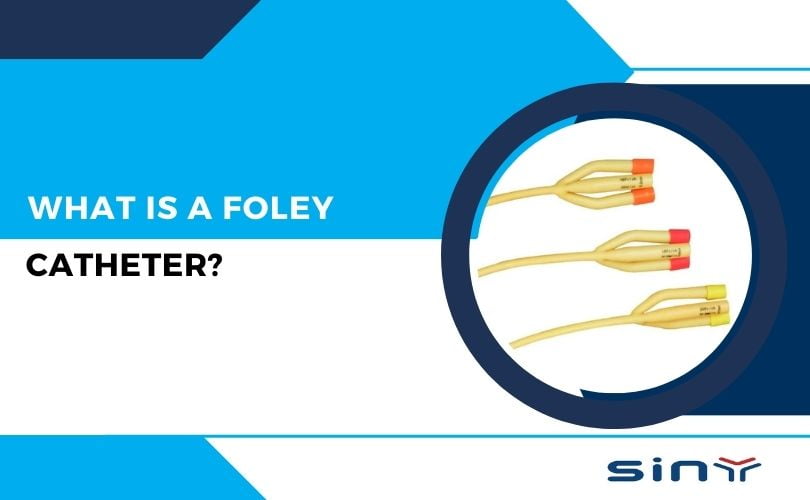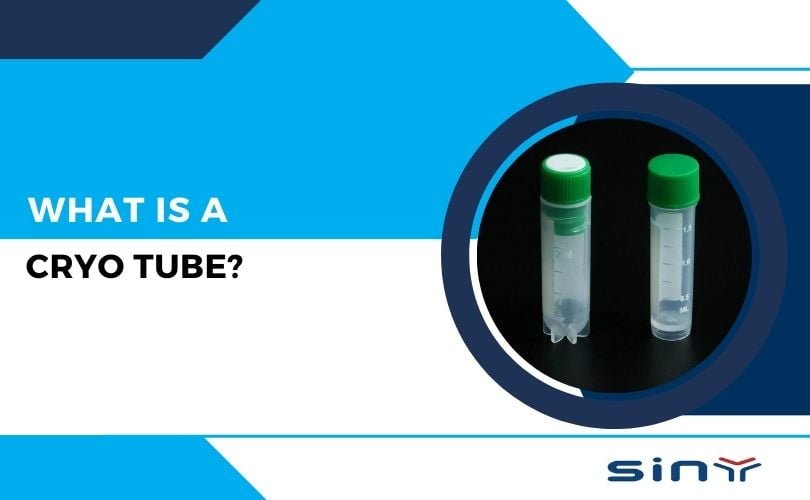Understanding how to use Clot Activator Coagulant Tubes is essential for medical professionals to ensure accurate blood sample collection and analysis. This article will comprehensively guide their proper usage, benefits, and best practices.
Table of Contents
Introduction
Blood sample collection is a critical procedure in medical diagnostics. The clot activator coagulant tube is one of the most reliable tools for this purpose. These tubes are designed to expedite the clotting process, ensuring a high-quality serum sample for various tests. This guide will delve into the essential steps and considerations for using these tubes effectively.
The Basics of Clot Activator Coagulant Tubes
Clot activator coagulant tubes are used to collect blood collection samples for serum analysis. They contain substances that promote rapid blood clotting, which is necessary for separating serum from the sample. This section will cover fundamental aspects of these tubes, including their composition and primary applications.

The Use of Different Clot Activator Tubes and Blood Collection Tubes
We offer a diverse selection of tubes ranging from 2 ml to 10 ml, including Gel and Clot Activator Tubes, to cater to the needs of our clients. Our customers are quite pleased with our entire product line.
| Volume/ml | Size/mm | Additive | Separator | Material | Cap Color | Closure |
| 2ml | 13X75 | Clot Activator | / | PET/GLASS | Orange Cap Tube | Safety Cap+Rubber or Rubber Stopper |
| 3ml | 13X75 | Clot Activator | / | |||
| 4ml | 13X75 | Clot Activator | / | |||
| 5ml | 13X75 | Clot Activator | / | |||
| 6ml | 13X100 | Clot Activator | / | |||
| 7ml | 13X100 | Clot Activator | / | |||
| 8ml | 16X100 | Clot Activator | / | |||
| 9ml | 16X100 | Clot Activator | / | |||
| 10ml | 16X100 | Clot Activator | / | |||
| If You Need a customized Blood collection tube, Please Contact Us | ||||||
Benefits of Using Clot Activator Coagulant Tubes
Utilizing clot activator coagulant tubes offers several advantages:
- Efficiency: They significantly reduce the time required for blood to clot, speeding up the testing process.
- Accuracy: These tubes help obtain clear and uncontaminated serum samples, yielding more reliable test results.
- Convenience: The tubes are easy to use, making the sample collection process straightforward for medical personnel.
Step-by-Step Guide to Using Clot Activator Coagulant Tubes
Preparation
- Gather Supplies: Ensure you have all necessary supplies, including the clot activator coagulant tube, needle, and holder.
- Patient Identification: Verify the patient’s identity and explain the procedure to them.
- Hand Hygiene: Wash your hands thoroughly and wear gloves to maintain sterility.
Blood Collection
- Select the Venipuncture Site: Choose an appropriate vein, usually in the antecubital fossa.
- Apply Tourniquet: Place the tourniquet around the upper arm to make the vein more prominent.
- Clean the Site: Disinfect the puncture site with an alcohol swab.
- Insert the Needle: Attach the needle to the holder, then insert it into the vein at a slight angle.
- Fill the Tube: Attach the clot activator coagulant tube to the holder and allow it to fill to the required volume.
Post-Collection
- Remove the Tourniquet: Release the tourniquet once the blood flows into the tube.
- Remove the needle: Carefully withdraw and apply pressure to the puncture site.
- Invert the tube: Gently invert the tube 5-8 times to mix the blood with the clot activator.
Handling and Processing Blood Samples
Labeling and Storage
- Labeling: Immediately label the tube with the patient’s information to avoid mix-ups.
- Storage: Store the tube upright at room temperature if the sample will be processed shortly.
Centrifugation
- Preparation: Allow the blood to clot completely before centrifuging (usually 30 minutes).
- Centrifugation: Place the tube in the centrifuge and spin it at the recommended speed and duration.
Serum Separation
- Post-Centrifugation: After centrifugation, carefully separate the serum from the clot using a pipette.
- Transfer: Transfer the serum to a clean, labeled tube for analysis.
Final Thoughts
Proper usage of clot activator coagulant tubes is essential for obtaining high-quality serum samples for accurate diagnostic testing. Following this guide’s steps, medical professionals can ensure efficient and effective blood sample collection. Always adhere to best practices and institutional guidelines to maintain the samples’ integrity and the test results’ reliability.
FAQs
What are Clot-Activator Coagulant Tubes?
Medical professionals use clot activator coagulant tubes to collect blood samples for serum testing. They contain substances that accelerate blood clotting.
How do I ensure accurate blood sample collection?
Follow proper venipuncture techniques, ensure correct tube filling, and mix the blood with the clot activator by inverting the tube.
Can I use Clot Activator Coagulant Tubes for plasma testing?
No, these tubes are specifically designed for serum testing. For plasma testing, use tubes with anticoagulants.
How long can the blood sample remain in the tube before processing?
It is best to process the sample as soon as possible, ideally within 30 minutes to an hour, to maintain sample integrity.
What should I do if the blood does not clot properly?
Check if the tube was inverted properly and filled to the correct volume. If clotting issues persist, consult your laboratory’s protocols.



























































